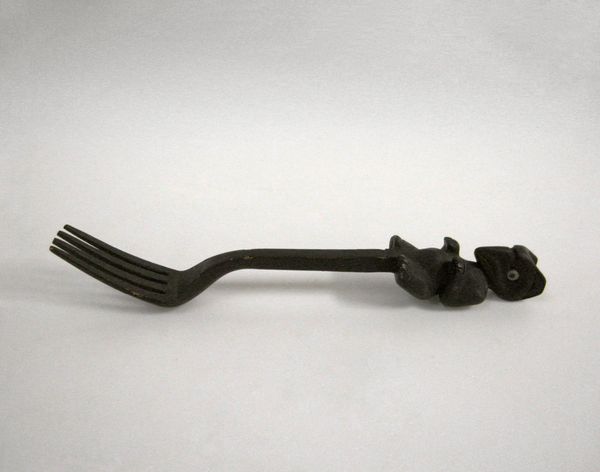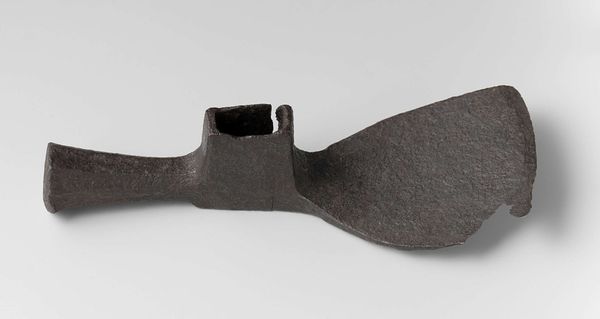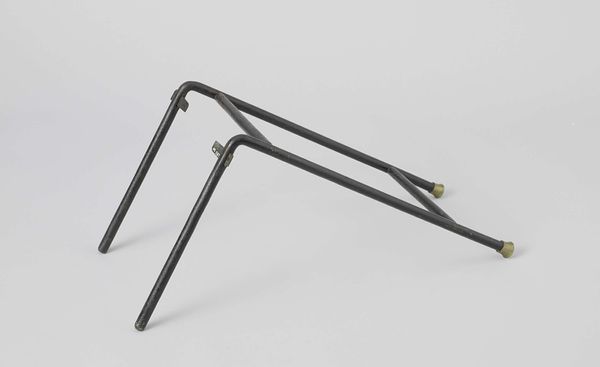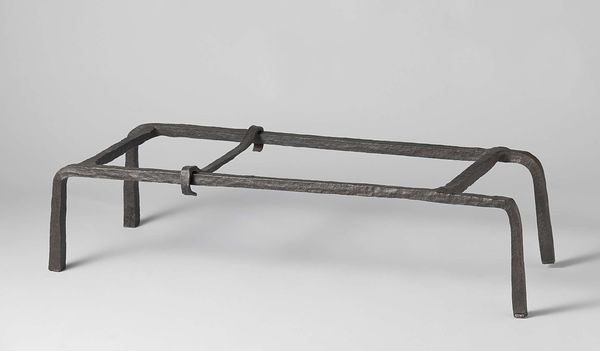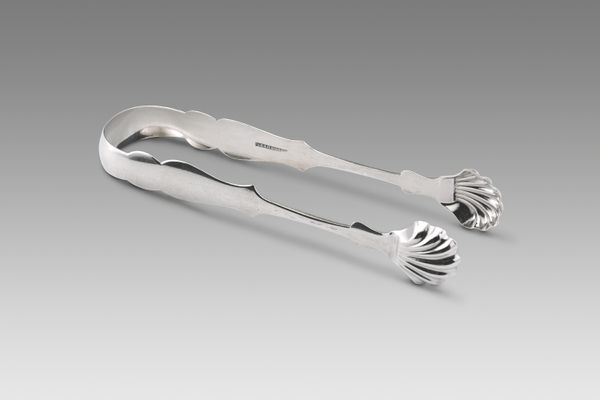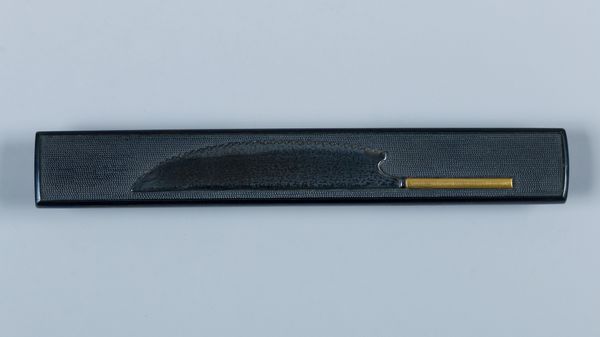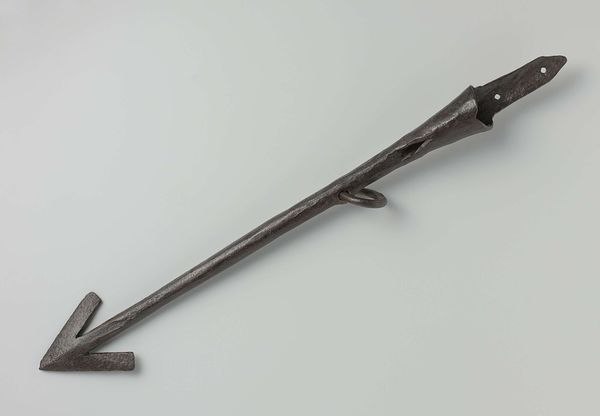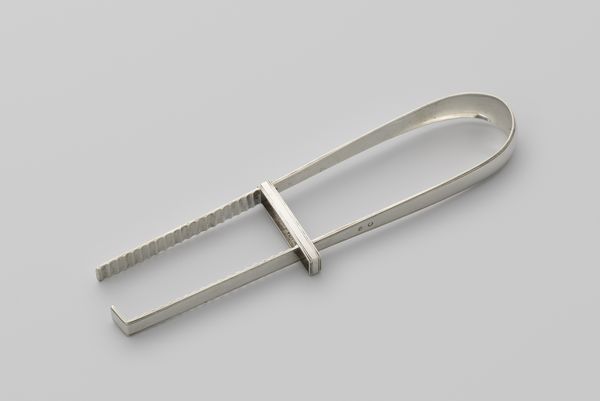
carving, sculpture
#
carving
#
sculpture
Dimensions: L. 15.2 cm (6 in.)
Copyright: Public Domain
Editor: Here we have a sculpture entitled "Birdstone," believed to be crafted around the year 1500 by Indigenous peoples of the Americas. It's made of wood, and it possesses a unique, understated presence. I am curious to know what part such wooden sculpture played within the socio-cultural landscape of its time? Curator: That's a very pertinent question! The Birdstone presents a fascinating intersection of nature, culture, and ritual. It represents more than just an aesthetic choice, but rather indicates the deep relationship these communities had with their environments and its spiritual dimensions. Can you think of any examples where animal representations took up important positions in rituals? Editor: Thinking about animal representation in a socio-cultural setting makes me consider how frequently the symbolic meaning or importance of different species comes from their proximity to the community and its economic realities. Is it possible that it had a symbolic role for hunting practices, like for attracting birds or representing prowess of the hunters? Curator: Precisely. While its exact function is debated – some theories suggest its use as a weight for atlatls, or spear-throwers – what remains certain is that the sculpture reflects a keen understanding of balance, both physical and metaphorical. The object becomes charged through this understanding of, and influence upon, both ritual use and representation. How might its current display in a museum impact or even change its significance? Editor: That's a sobering thought – being placed in the Art Institute distances it from its original context, potentially turning a meaningful cultural artifact into a mere object of art appreciation divorced from its original significance. Curator: Yes, by showcasing this Birdstone in a museum, we inadvertently influence public perception, shifting the emphasis from communal function to individual aesthetic appreciation. This highlights the important role of curators in actively maintaining historical consciousness. Editor: Thank you, that definitely gives me a new lens to appreciate Indigenous art. It shows me how even the choice of exhibition context can drastically reshape how audiences engage with art, and perhaps how critical the museum is to forming its own narrative of art, which inevitably colors one’s view. Curator: Indeed, a reminder that art institutions inevitably play a crucial role in constructing how cultures engage with history.
Comments
No comments
Be the first to comment and join the conversation on the ultimate creative platform.

